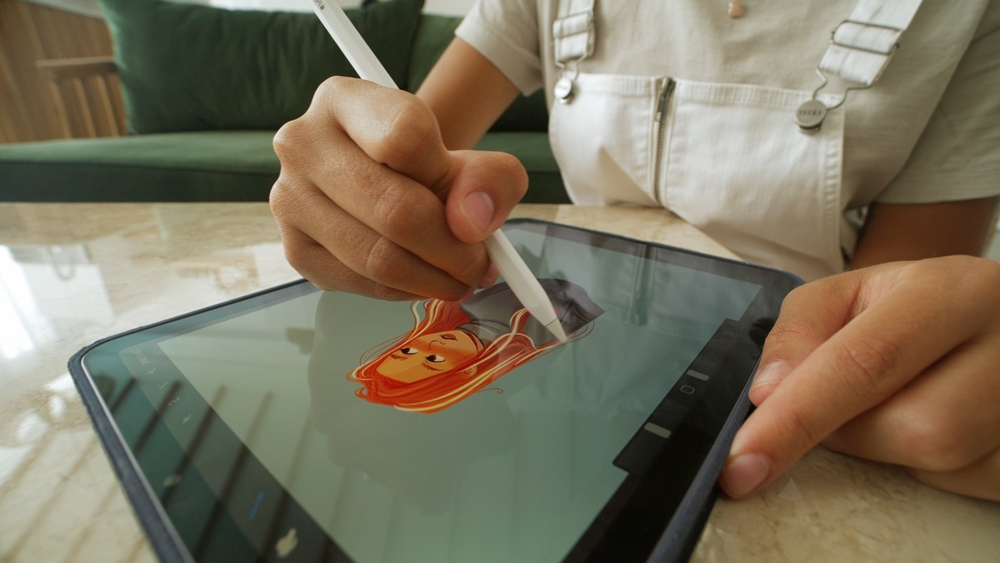"Augmented Reality: Bridging the Gap Between Reality and Imagination"
Augmented reality (AR) is changing the way we perceive the world around us. With its immersive technology, it transforms our physical surroundings into a digital playground, offering endless possibilities for interaction and exploration. This is more than just a technological trend; it’s a paradigm shift in how we interact with the world.

The Dawn of Augmented Reality
The concept of AR isn’t exactly new. The term was coined by Tom Caudell, a researcher at Boeing, in the early 1990s. However, the idea of overlaying digital information onto the real world dates back to the 1960s with Ivan Sutherland’s “Ultimate Display.” Yet, it wasn’t until the advent of smartphones and advancements in computer vision that AR became a feasible reality.
AR is Here and Now
Today, tech giants like Google, Apple, and Microsoft are heavily investing in AR. Google’s ARCore and Apple’s ARKit platforms have brought AR to millions of smartphone users. Microsoft’s HoloLens, an advanced AR headset, is breaking boundaries in industries like healthcare, manufacturing, and education.
The Magic of AR in Everyday Life
AR has the potential to revolutionize our everyday lives. It can enhance our shopping experiences with virtual fitting rooms, simplify navigation with overlaid directions, and even transform education with interactive lessons. Imagine dissecting a virtual frog in biology class or exploring the solar system in physics – learning becomes engaging and immersive.
The Economic Impact of AR
According to a report by Statista, the worldwide market for AR technologies is projected to reach $198 billion by 2025. This growth is expected to disrupt various industries, creating new opportunities and challenges. It is clear that AR is not just a fad; it’s an economic powerhouse in the making.
Looking Forward: The Future of AR
Though AR is still in its nascent stage, its potential is undeniable. As technology continues to evolve, we can expect more immersive and intuitive AR experiences. We are standing at the precipice of a new digital era, where the lines between the real and virtual worlds blur, offering endless exciting possibilities.
In conclusion, AR is not just about technology; it’s about enhancing our human experiences. It is about how we work, learn, play, and connect with each other. As we continue to explore this exciting frontier, we can only imagine the wonders that await us.




